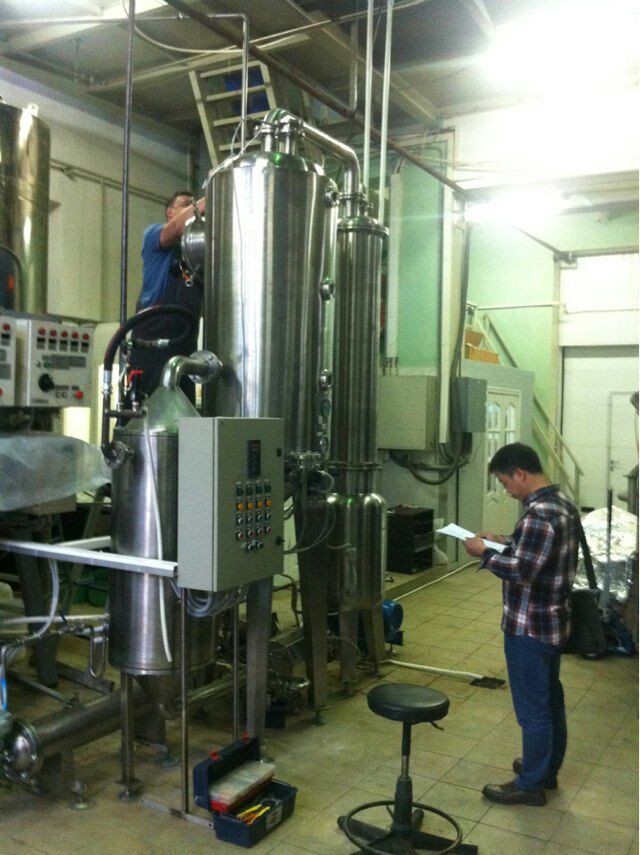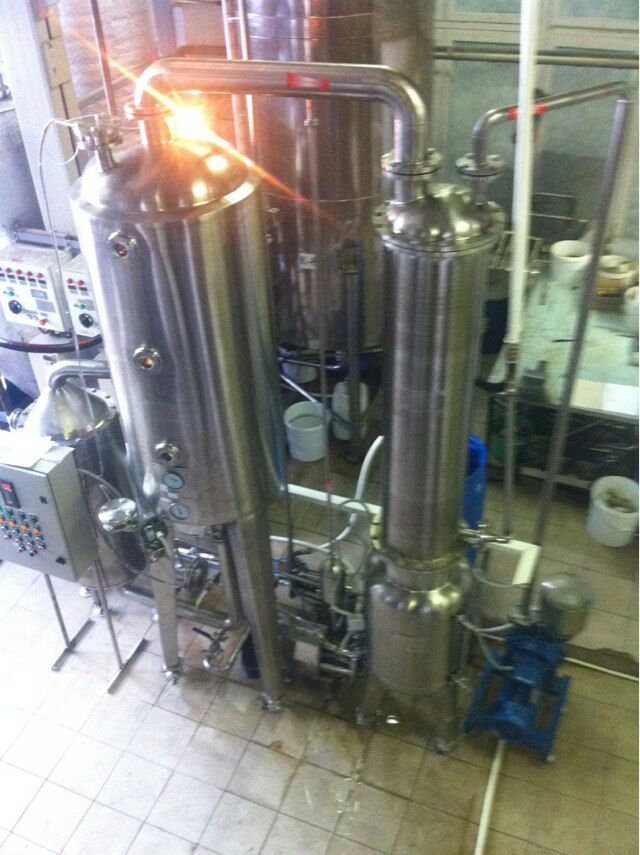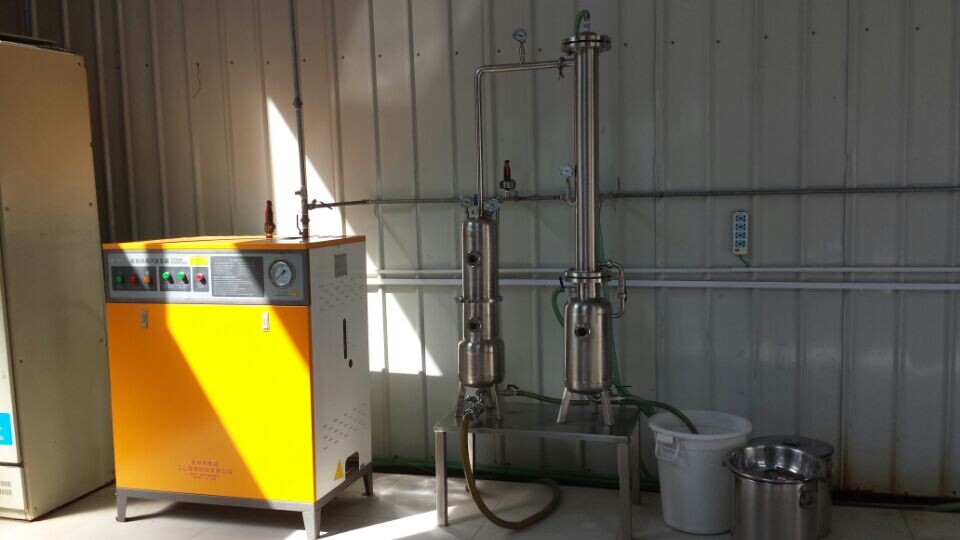


Our Vobis rising film evaporators are either single or multiple effect and can be combined with falling film or forced circulation stages as the solids and viscosity increase. Operationally, as the liquid inside the tubes ascends, it is heated through the walls of the tubes, and evaporation of the volatile components occurs under vacuum conditions to minimize product heat exposure. Disentrainment of the evaporated materials takes place in a separate specially designed disentrainment vessel.
Rising film evaporators are normally used:
For non-salting and non-scaling feed streams
To provide excellent heat transfer efficiency
For higher viscosity feeds that tend to foul
For low capital cost solutions
For thermally sensitive materials for which the short residence time is an advantage (although this is limited by the high temperature differential of heating media to evaporation temperature that is required)
For foaming products for which efficient vapor separators are required
Ease of scaling deposit removal through increased feed rates.
As the feed liquid is fed to the bottom of the tubes and rises, heat is applied to the outer side of the tubes causing evaporation of the low boiling components to occur within the tubes. As the bubbles grow in size, the speed and turbulence of the liquid increases.
The combination of these operating principles:
Shortens the residence time within the tubes
Causes rapid material renewal against the heat transfer surface of the tubes
Lessens the necessary heat transfer surface area required
The rising film evaporator design has the advantages of simple, reliable and stable operation with minimum CAPEX investment.
